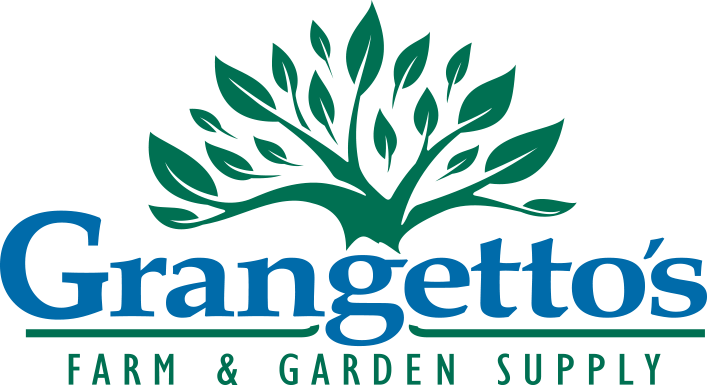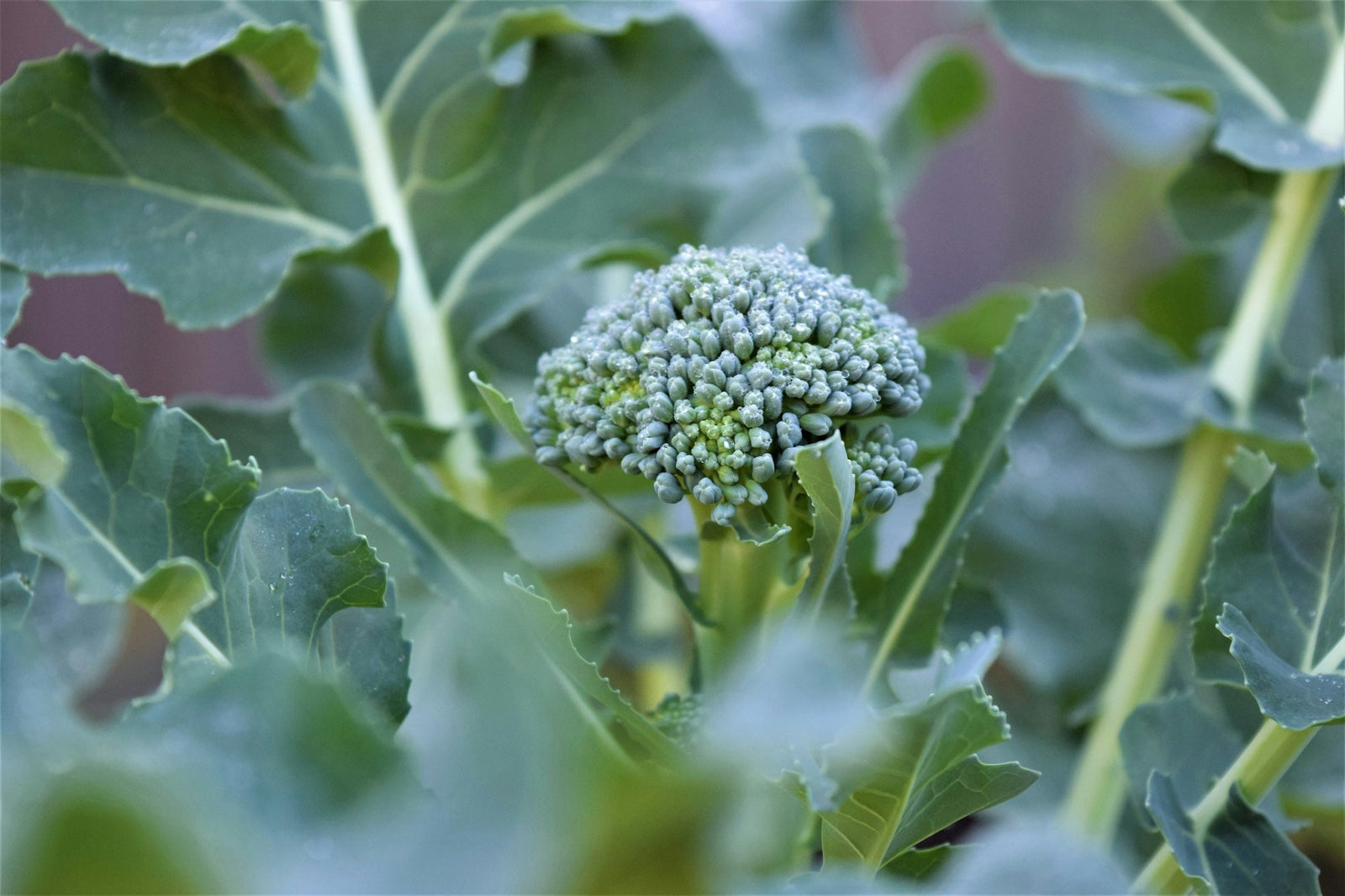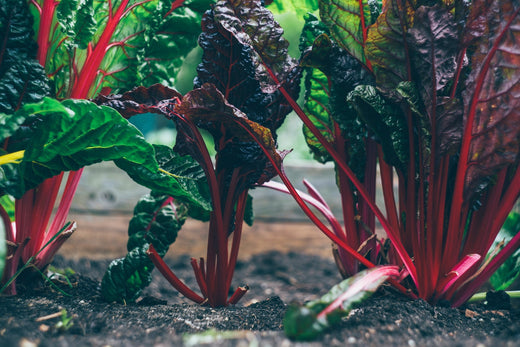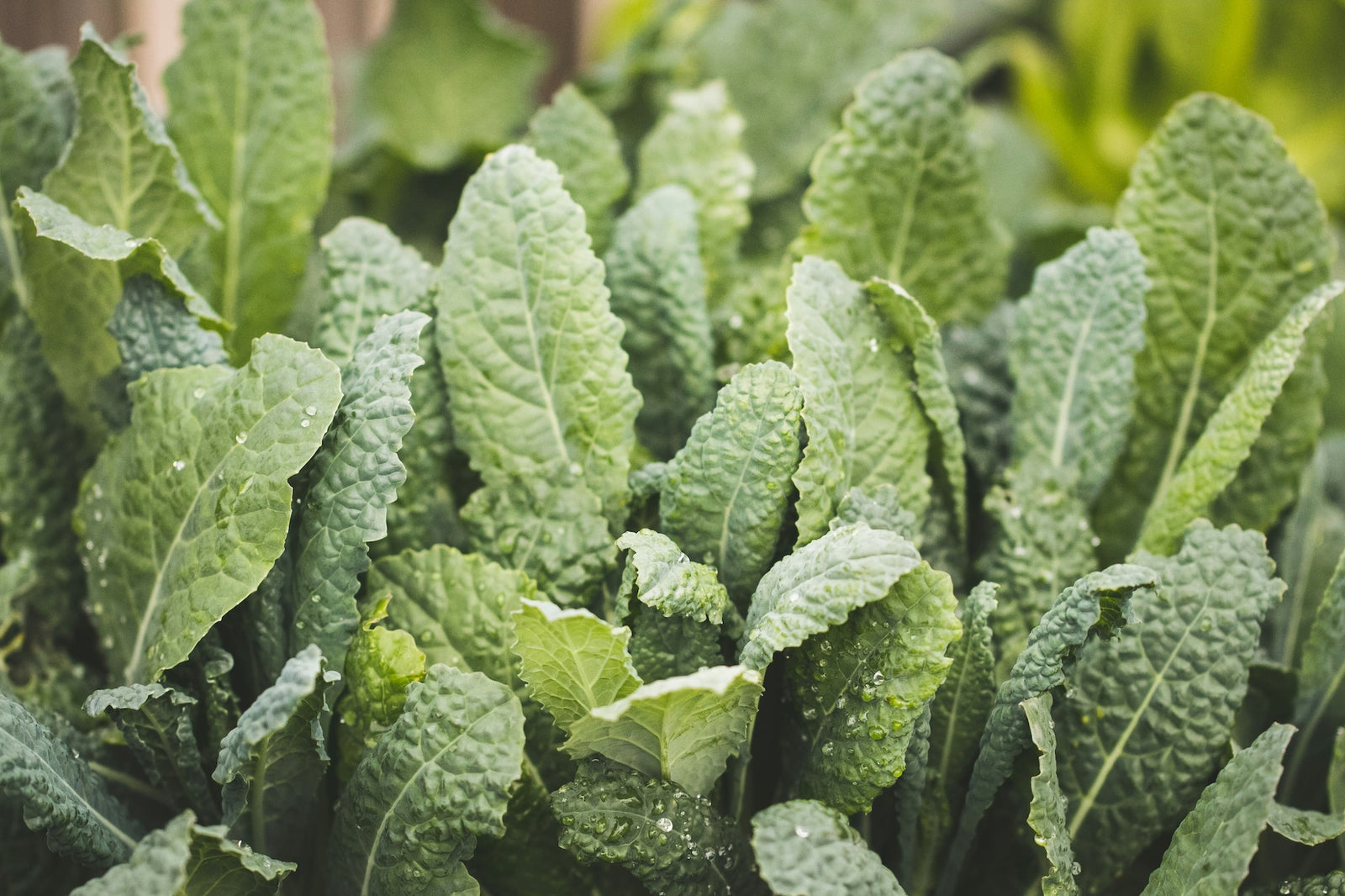
Planning on gardening onions this year but don't know where to start? Onions are fairly easy to grow, but armed with a few gardening tips, you can avoid some common pitfalls experienced by new gardeners. Here at Grangetto’s we have some tips and tricks for planting, growing, and harvesting onions in our area. Check out our list of onions that can be grown in San Diego below.
Quick Answer
The Best Onions for Gardening in San Diego
- Sweet Spanish
- Yellow Early Globe
- Southport White Globe
- Bermuda
- Super Sweet
- California Red
- Grano
- Ringmaker
- Autumn Spice
- Red Torpedo

A Comparison
Gardening Onions in San Diego
|
Type of Onion
|
Hours of Sunlight |
Variety
|
Periods of Storage
|
| Sweet Spanish | 14-16 hours / day | Long-Day | Store Well |
| Yellow Early Globe | 14-16 hours / day | Long-Day | Store Well |
| Southport White Globe | 14-16 hours / day | Long-Day | Store Well |
| Bermuda | 10-14 hours / day | Short-Day | Poorly |
| Super Sweet | 10-14 hours / day | Short-Day | Poorly |
| California Red | 10-14 hours / day | Short-Day | Poorly |
| Grano | 10-14 hours / day | Short-Day | Poorly |
| Ringmaker | 12-14 hours / day | Intermediate-Day | Moderately Well |
| Autumn Spice | 12-14 hours / day | Intermediate-Day | Moderately Well |
| Red Torpedo | 12-14 hours / day | Intermediate-Day | Moderately Well |
Hours of Daylight onions need
-
Long-day varieties: need 14-16 hours of
daylight in order to form bulbs; because of this requirement, they are best suited to northern areas like Alaska or the Pacific Northwest.

- Short-day varieties: require 10-14 hours of sunlight and are best grown in southern locales such as Southern California, the Southwest and Hawaii.
- Intermediate-day varieties: grow best in the interior valleys of central California, where they will receive the required 12-14 hours of sunlight per day.
How to Grow Onions in San Diego 101
Tips for Gardening Onions in San Diego
Onions are a cold season vegetable, so their robustness makes them easier to grow. Start planting during San Diego's cooler seasons, and once the middle of summer comes your way you can start harvesting those onions to bring into your kitchen.

The onion’s growth cycle – During the cooler season months first-year onions begin growing by showing their leaves. The leaves help bring energy to the plant, but once the warmer days start hitting San Diego they no longer produce these leaves. Instead, they take the energy from the leaves and store it in the expanding bottom bulbs. While the plant appears to be dormant the leaves will shrivel up and fall over. However, energy is being store inside the bulbs to put out flowering seed stalks when they start growing again. This seed production is how onions reproduce.
For growing - The versatility of onions is almost unmatched. The gardener can choose from a few types of starters: dormant “sets,” transplants, or starting from seed. When you choose to start from seeds it allows you to have a larger variety to choose from, but planting from sets is the easiest method. To do this, space bulbs 4”-5” apart, with the top barely visible. Till a garden bed with at least 2” of compost or planting mix. Place bulbs 1” deep with the roots down, spacing rows 9” apart. Cover with the newly amended soil and water until the top 3-4” of soil is moist. Whether you decide to start onions from sets or seeds, it’s good practice to pre-soak them in compost tea for as little as 15 minutes prior to planting.
For watering - Keeping the upper area of your soil moist is key for onions. Watering with a drip system or drip tape will give you low-flowing irrigation, and this system will be turned on each day for short times to maintain that upper zone of water content.

How to Harvest Onions
When to Harvest Onions in San Diego
When is the right time to harvest onions? Onions can be pulled at any stage of the growing cycle, but there is one obvious clue that can tell you when the remaining bulbs must be harvested: if the plants start looking like they are dying, your onions are ready to be dug out!
When onions are growing actively during the warmer seasons (spring and summer) the healthy green leaves will provide energy to the bulb. During the later part of summer, the yellowing is the plant’s signal to you that all the available energy has been supplied to the bulb and it is now ready to harvest.
More Resources:



